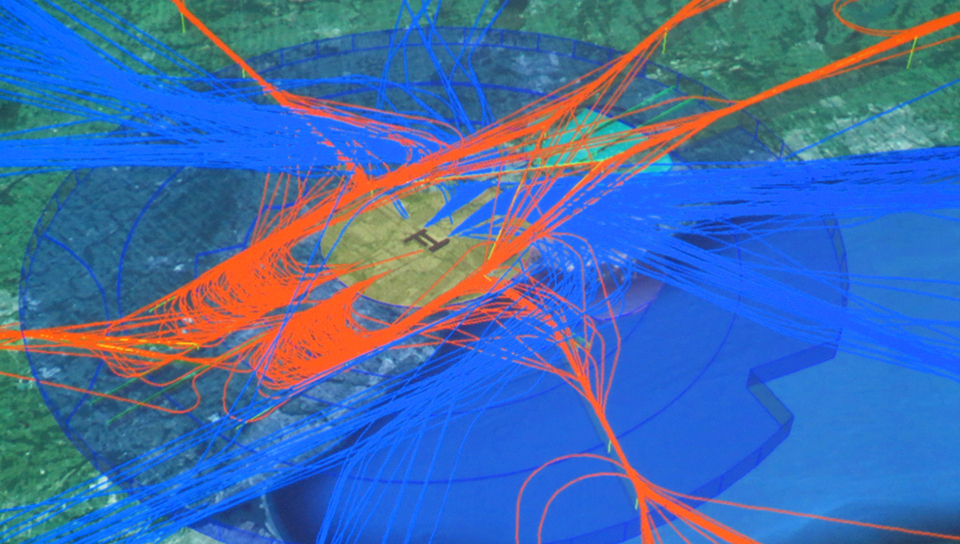The ABCs of Airspace
By Ed Lubitz, EAA Canadian Council, EAA 16074
Above the major Canadian airports such as Toronto, the controlled airspace is classified as “C”, which means all aircraft in it is under positive control. To enter, you must be transponder equipped with a clearance from air traffic control. At these hubs the Class C airspace generally goes from 12,500 feet ASL to the ground. In concentric rings extending further outward, the Class C airspace descends from 12,500 feet to a floor increasing in altitude ASL. The further from the center of the hub, the higher the floor. To complicate matters, there are slices cut out to accommodate other features such as Brampton Airport, northwest of Toronto.
This airspace is in place so that jets flying in Class A airspace can be descended to land without having to leave positively controlled airspace. That is A to B to C and then land. Nav Canada does not want to control airspace without a reason. So why are these positively controlled classes of airspaces set out the way they are?
An average jet transport aircraft descends at approximately 10,000 feet in 30 miles, and the glide slope for an ILS is roughly 3 degrees. These are the rough numbers that determine where a jet aircraft will be on the descent. If the runway length is 8,000 feet or longer, the Class C airspace that goes to the ground is within a 7-mile radius to the landing airport. Shorter runways with Class C will be protected with a 5-mile radius. If the traffic is light, the control zone can be capped at 3,000 feet AGL just as in the case of most of the Class D tower control zones.
Class B airspace is positive control and above 12,500 feet. Most light aircraft do not fly in B or higher as there are performance and other issues involved. Also at that altitude, you require supplemental oxygen or pressurization, items most of us fun fliers do not have.
As a buffer under this positively controlled airspace, Class E has been designated as transponder required down to 6,500 feet ASL. Class E airspace is controlled airspace where Nav Canada provides separation but only between IFR aircraft.
This is why the inverted wedding cake is designed the way it is. It is designed to prevent loud metallic noises in the sky. If you do not have the required equipment to fly IFR, it restricts you for 7 miles around a handful of major airports as well as how high you can fly as you approach these terminals.

